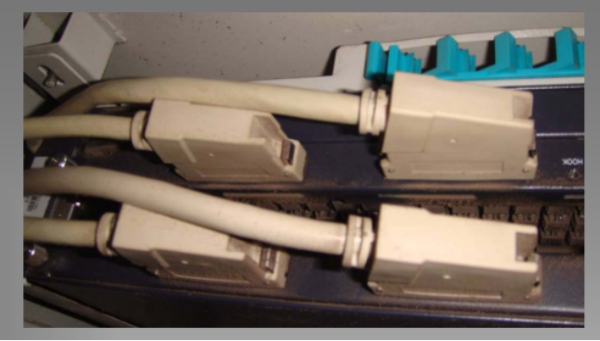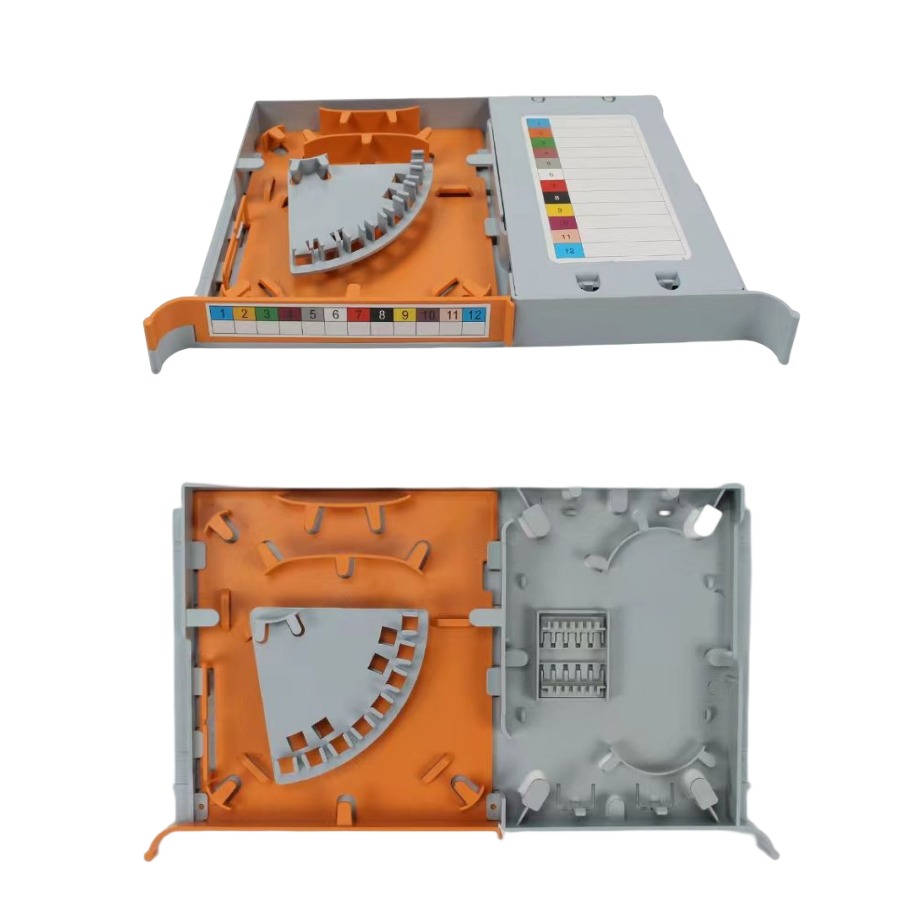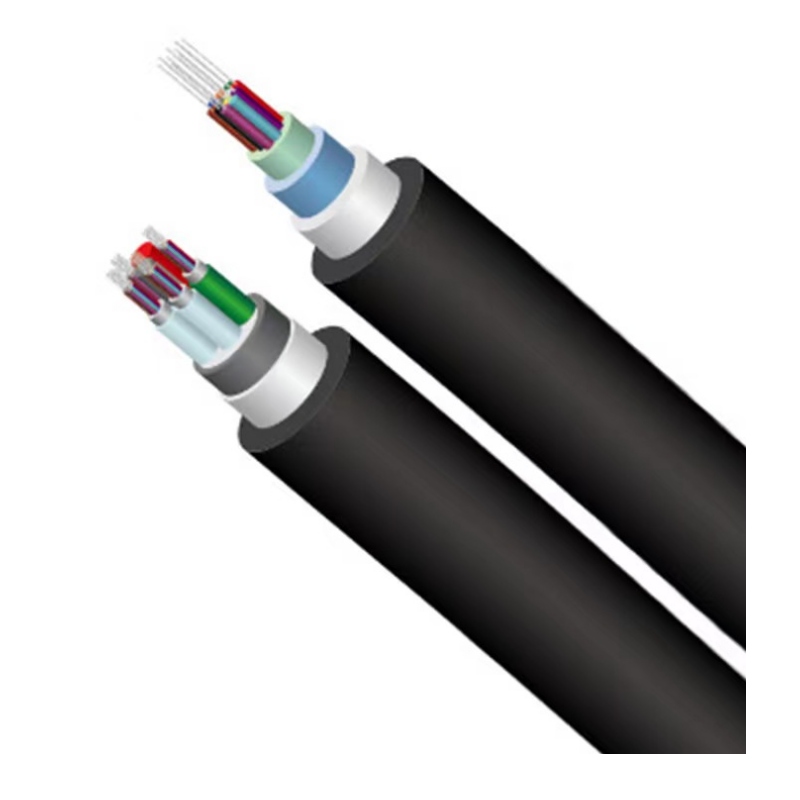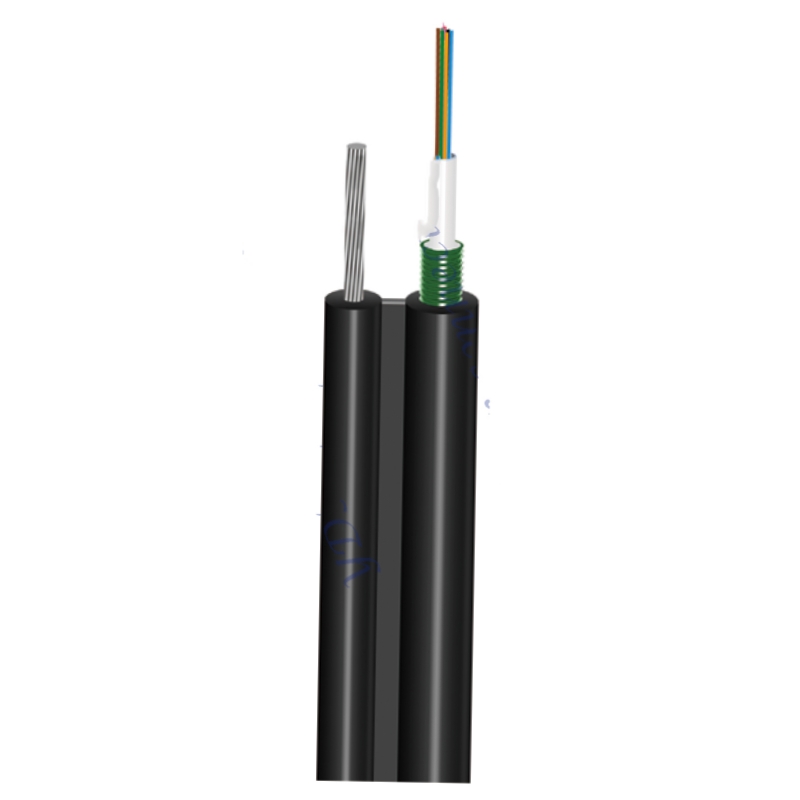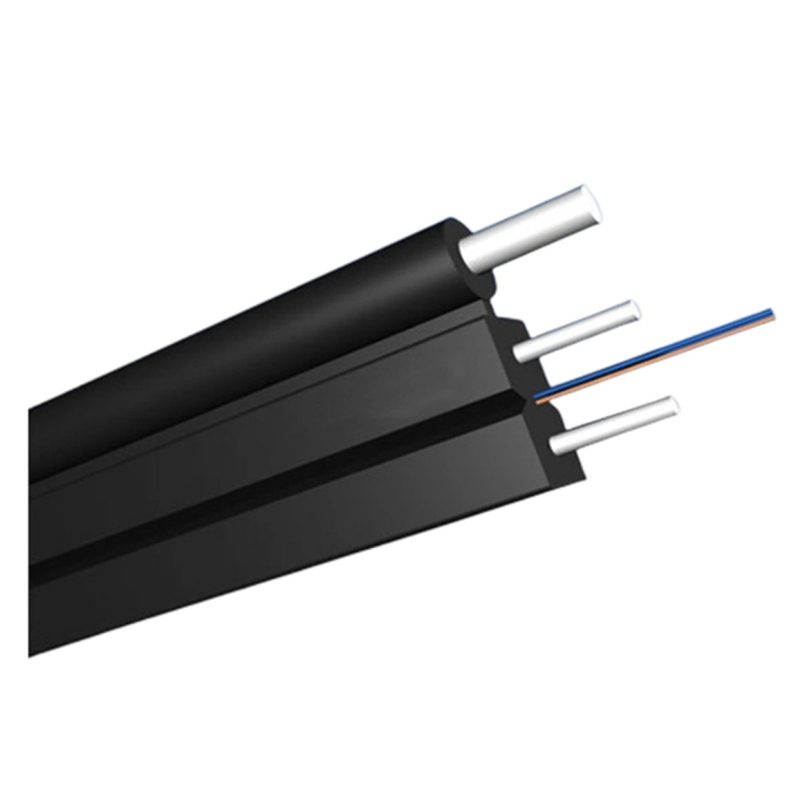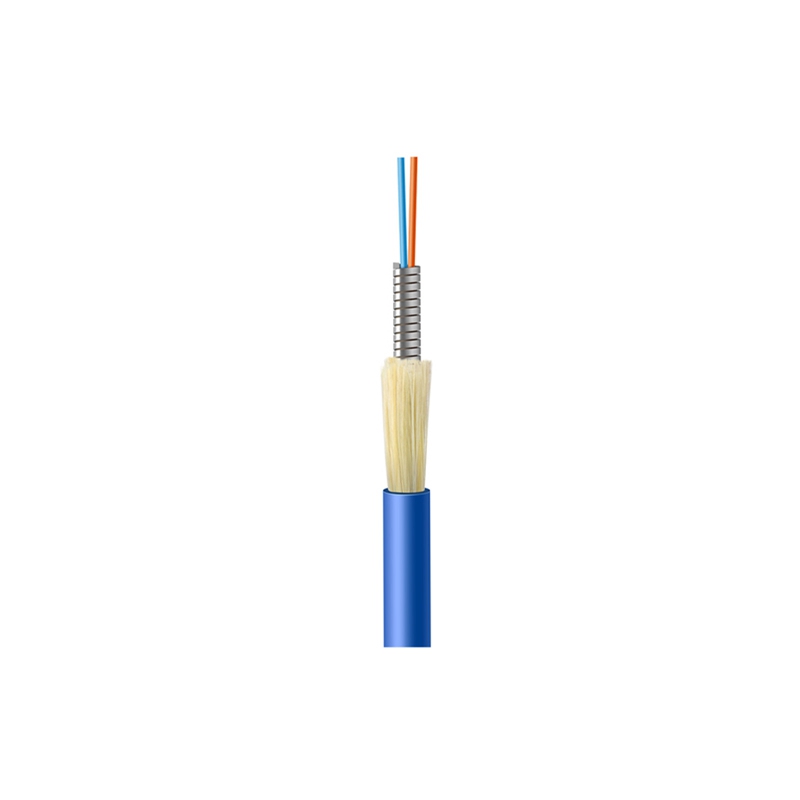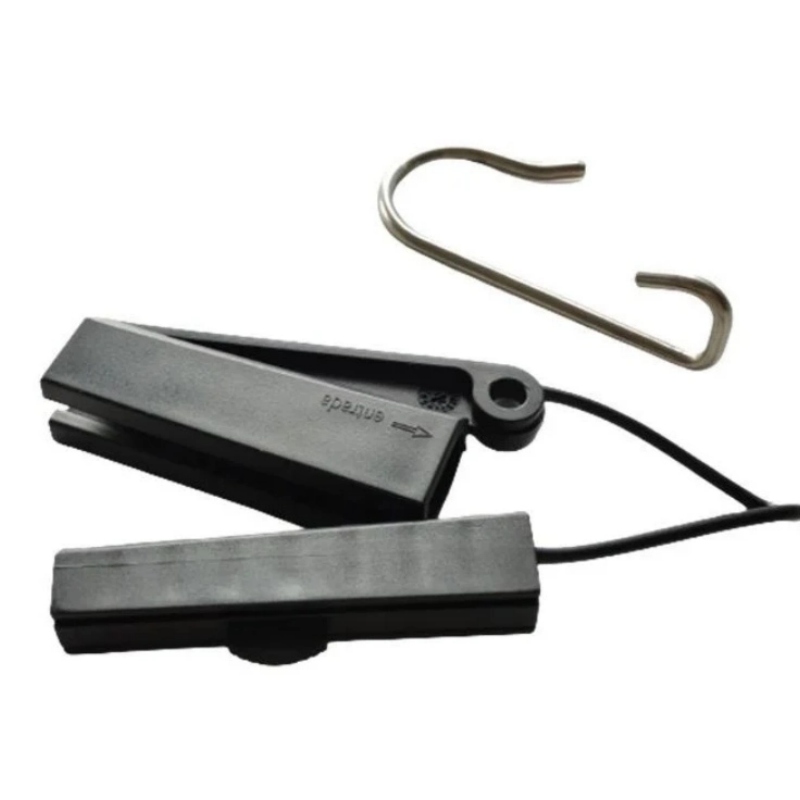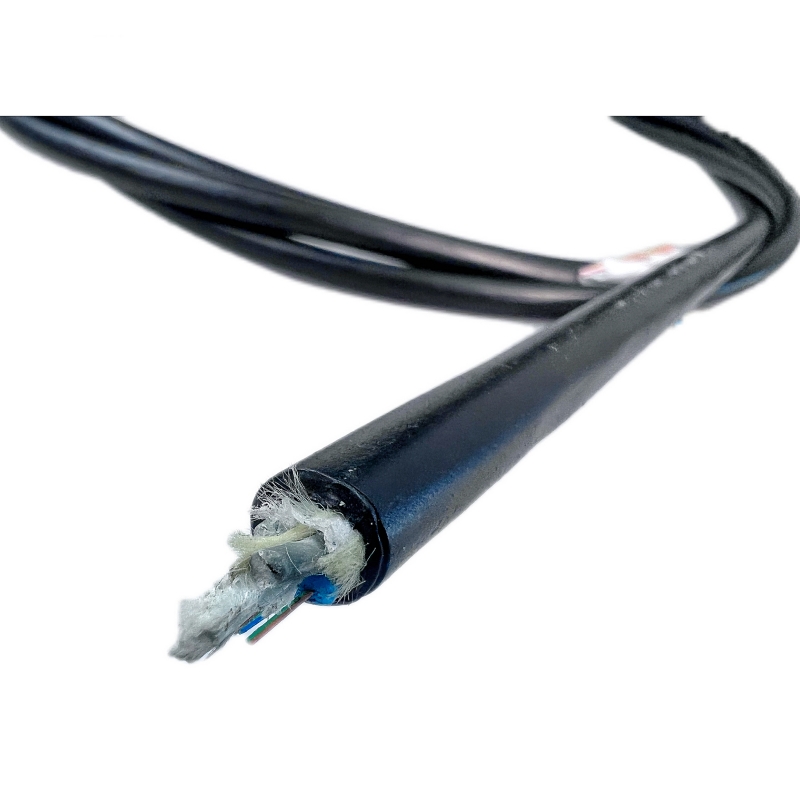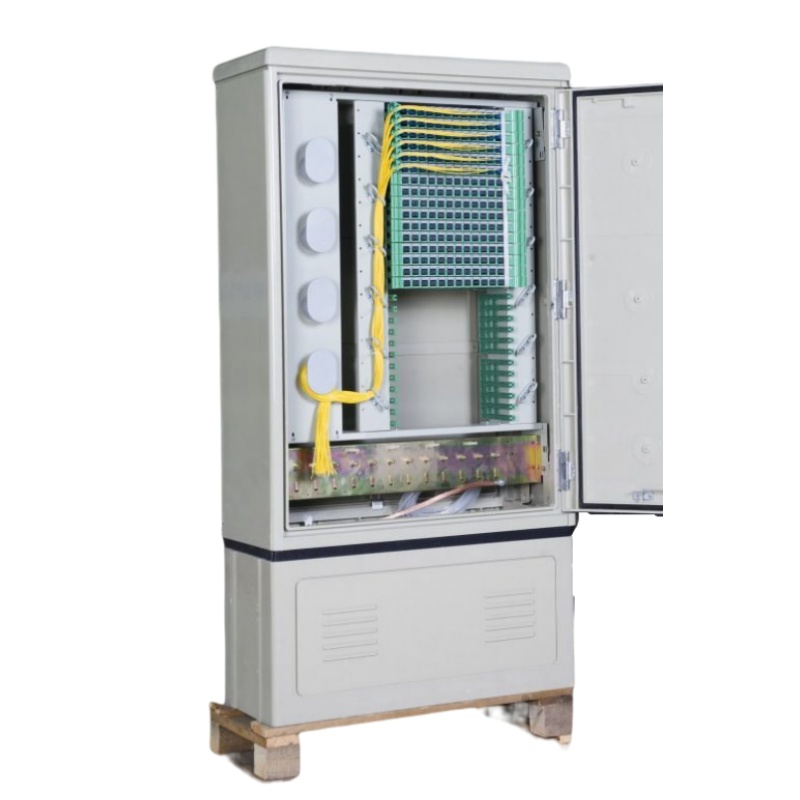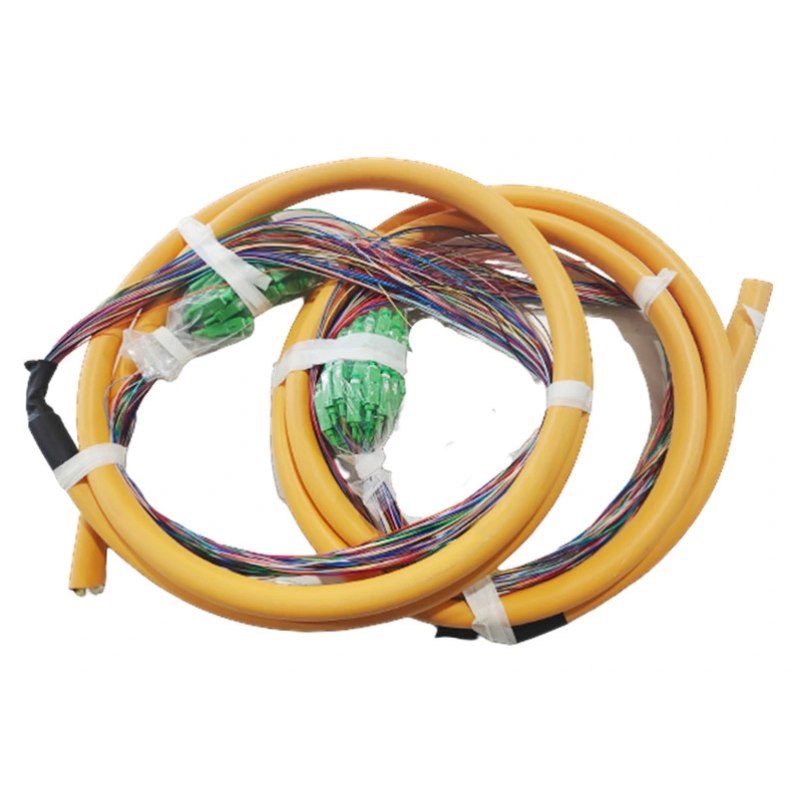FTTB Network Solutions
FTTB stands for "fiber-to-the-building," a broadband connection based on optimizing fiber optic network technology.

FTTB, or Fiber-to-the-Building, is a broadband connection method that utilizes fiber optic network technology to provide high-speed internet access directly to a building.
Commonly used in apartment buildings and office buildings, FTTB is special line access that is easy to install and provides a maximum upstream and downstream rate of 10Mbps.
FTTB is part of the FTTX + LAN network connection method which provides even more reliable connectivity.
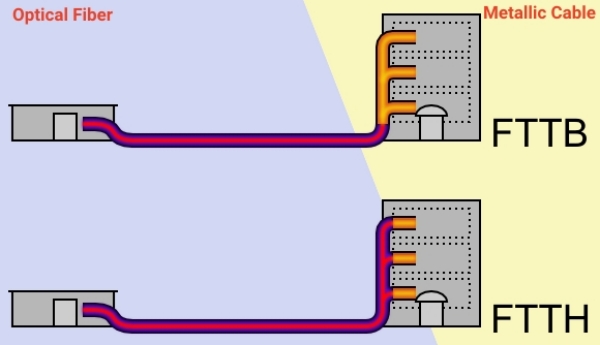
In an FTTB setup, the fiber optic cable connects directly to the building's main wiring box, providing fiber optic signal access.
Inside the building, it still uses traditional signal transmission methods.
This results in faster and more reliable internet speeds compared to traditional copper internet connections.
1. Why You Need FTTB For Bussiness
A reliable, high-quality internet connection is crucial for most business services, including video conferencing, streaming media, VOIP telephony, cloud storage and backup, and various software platforms.
For productivity and scalability, investing in a stable, fast, low-latency enterprise link is essential. Most fiber network operators (FNOs) offer a 1:10 contention ratio and “best effort” service levels for their fiber-to-the-home (FTTH) offerings, which can result in longer turnaround times during unplanned outages.
However, FTTB networks are an excellent option for businesses as they offer a 99% uptime guarantee. Here are the three main reasons why:
Higher Performance
FTTB provides significantly higher performance than FTTH, ensuring that your connection to the internet is always open and creating a more reliable status quo.
Lower Contention
FTTB enables a lower contention ratio, resulting in better service quality, with a 1:1 ratio being ideal. This is because FTTB provides a specialized fiber line designed to handle a high load and a static IP address where unique and bespoke services can be built in.
Enhanced Uptime
FTTB offers enhanced internet uptime, giving your small business a better chance of overcoming the numerous challenges of running a business in today's environment.
2. Difference between FTTH and FTTB
FTTH (Fibre to the home) is an installation using fibre optic cable directly from an Internet Service Provider (ISP) to a home, apartment building or business.
In contrast,FTTB (Fiber to the building) meaning deploys fiber cable whose terminus is a distribution box located at the base of a large building outside.
The biggest difference between FTTH & FTTB network is FTTH can provide users with higher Internet speeds.
1.FTTH is a user-only ONU bandwidth, theoretically, without splitting the light can reach Gbit bandwidth; so the highest support for 1000M access broadband rate is no problem.
2.FTTB is an ONU with multiple users, usually each user's bandwidth is limited, will not reach the exclusive use of such a high bandwidth. Of course, if you use the exclusive, bandwidth can also be very high, but because the end is with Category 5 wire or copper cable, so the bandwidth loss to be larger. FTTB coverage under the user only supports the highest 100M broadband access rate.
3. How to install Fiber To Building
FTTB+LAN
Optical fiber is used to connect users to the building through LAN.
Process of installation:
- Find the port corresponding to the ONU device according to the data and check whether the physical number and logical number are true;
- Insert the Class-5 cable corresponding to the ONU port device into the class-5 cable interface panel corresponding to the user;
- The super class 5 line in the user's home separates voice from broadband through the module, among which blue white and blue are telephone, green white, green, brown white and brown are broadband;
- Integrated wiring according to user needs.
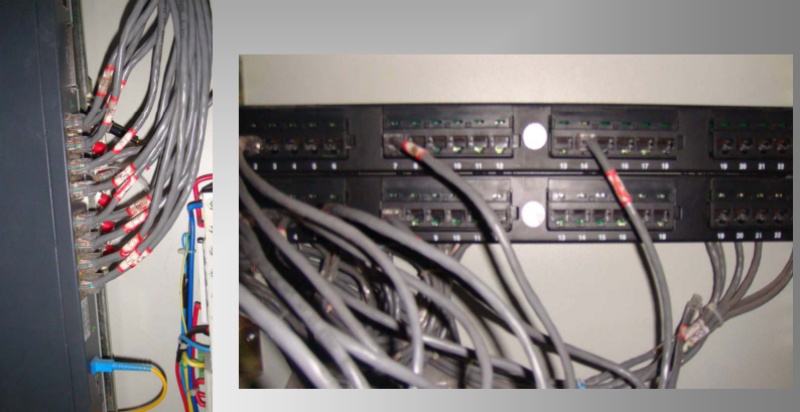
FTTB+AD
Optical fiber to the building and then through the traditional cable access to the user's home, through ADSL MODEM dial-up access to the Internet.
Installation method:
- Pure voice installation: find the port according to the physical number configured in the data, then check whether the logical number is consistent, connect to the wiring area corresponding to the user through the jumper;
- Broadband installation of the new set: find the broadband port configured in the data, then check whether the physical number and logical number are consistent, and connect to the wiring area corresponding to the user through the jumper;
- Add broadband to the old fixed phone: find the broadband port configured by the data, connect to the wiring area corresponding to the user through the jumper, and then modify the original physical number of the phone to the physical number now used by the broadband port.
